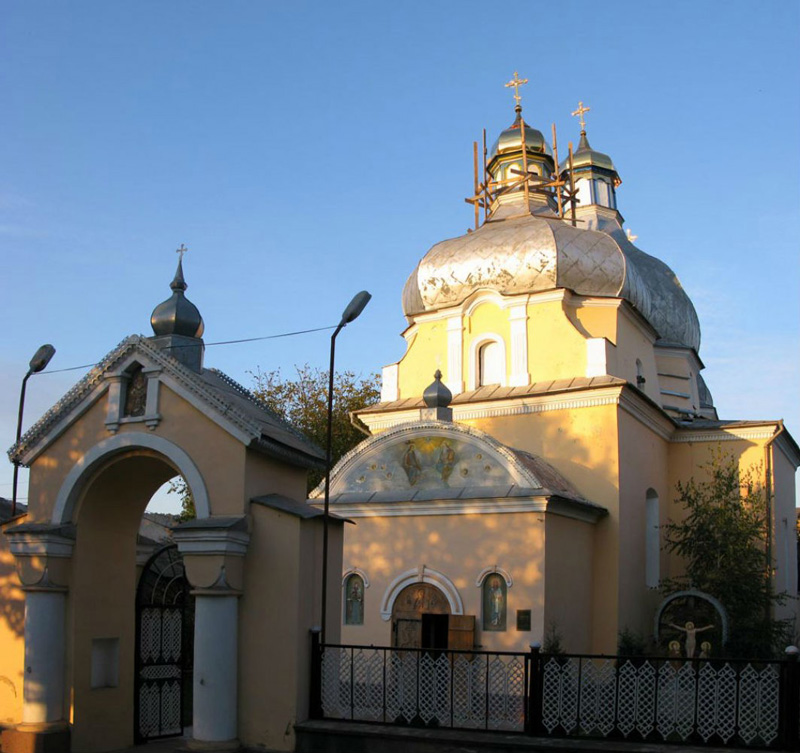
Mohyliv-Podilskyy
According to the Encylopedia of Ukraine's section on Mohyliv-Podilskyi, Stanislaw Rewera Potocki founded the town, in 1595 “at the site of Ivankivtsi village and named it after his father-in-law, Yarema (Ieremia) Mohyla (Movil?).” Mohyla was a prince of Moldavia. A castle was built a few years later. From that time onward, the town was known by a variety of names.
Commercially, it became an important trading center on the trade route between Moldavia and the Ukraine; consequently, the town in Podalia grew.
Many uprisings occurred in the early years. In 1596 there was the Severyn Nalyvaiko uprising followed by others in 1614 and 1637-8.
In 1616 its Orthodox brotherhood set up a printing press, and in the 18th century printed books in Ukrainian, Russian, Greek, and Moldavian.
The first mention of Jews living in Mohyliv was around 1637.
In 1648, the town became a regiment center in Bohdan Khmelntsky's Cossack Hetman state, which was destroyed during the Cossack-Polish War in 1649 and 1654.
In 1672, the town was captured by the Turks, and remained under Turkish rule until 1699.
The town gained the rights of Magdeburg law in 1743 and developed into a flourishing economic and cultural center. In From 1699 the town was under Polish rule until 1795, when Russia assumed the role. Russia turned the town into a county seat in Podilia Gubernia. It’s noted that in 1765 there were 957 Jews in the town and within it’s vicinity.
In 1808 David/H.Z. David Stein (father/son) moved their Hebrew press from Slopkovicz to M-P; and until 1819 they produced 24 books.
By the late 1800s, the town had regained its commercial importance. It was once again a river port for exporting farm products. Jews began immigrating into the town and by 1897, the population was 32,440, half of which was Jewish.
In 1905 there was a wave of anti-semitic pogroms to hit the Jewish community. By 1914 the number of Jews were greatly diminished as the Soviet rule liquidated many of the Jewish institutions.
From 1917-1920, when Ukraine was striving for independence, the town was involved in many battles. In June 1919, in a battle near the town, the Army of the Ukrainian National Republic defeated the Red Army.
In 1923 the city was officially named Mohyliv-Podilskyi.
By 1926 there were 9622 Jews in town, 41.8% of it’s population.
During WWII the town was occupied by Germans and Rumanians (1941). At that point, the town became incorporated into the region of Transnistria. Between 1941 and 1944, Jews were expelled by Rumania from Bessarabia and Bukovina and sent to Transnistria. By September of 1943, Jews in Transnistria from Bukovina numbered 13,184.
According to the 1959 census, about 4,700 Jews lived in Mohylev, which was 22.5% of the population at that time.
During the mid 1960s, the last synagogue was closed down by the authorities.
In 2010, the population was 32,562.

Mogilev-Podolski